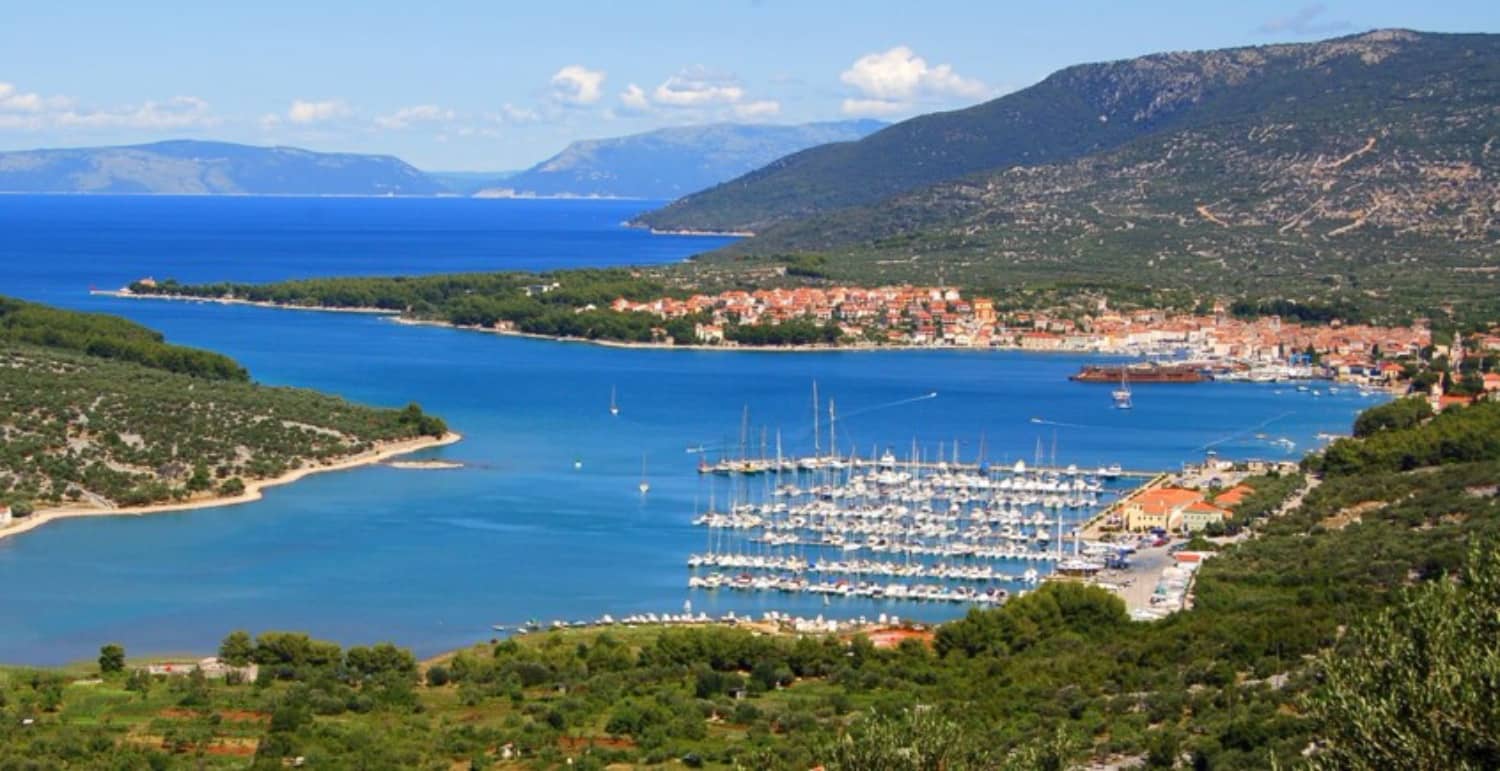| Location | Adriatic Sea close to the Croatian mainland, part of the Cres-Losinj archipelago |
| Area | 406 km² |
| Number of inhabitants | 2,879 (daily peaks of up to 30,000 tourists in the archipelago) |
| Climate | Warm, sunny summers and relatively mild winters |

The Cres-Losinj archipelago – the largest archipelago in the Adriatic Sea – has a great, yet unused potential for renewable energy. Some PV systems are installed at lighthouses and further PV systems with a total power of 80 kW have been installed on the local school, two private houses and one company (on the roof of its warehouse). Some private households have invested in solar hot water systems and thermal solar panels. Due to the challenge of growing energy demand because of increasing local population and visitors, a transition process including a clean energy transition energy for the archipelago has been launched. The ambition is to decarbonise its energy system by 2040
A clean transition energy agenda was developed for the archipelago of Cres-Losinj. The public representatives, private companies and citizens are committed to reduce the island’s energy consumption and related costs and improve the reliability of the grid. Clean energy and sustainability are seen as a competitive advantage to attract tourists. The Cres-Losinj archipelago also used the specific support of the EU Islands Secretariat to carry out a study on the construction of a biogas plant.
The archipelago has high potential for renewable energy applications, especially solar. Currently, a solar power plant is being built on the island of Cres that will be the biggest PV in Croatia. The power plant‘s connection power is 6.5 MW, and the expected production of about 8.5 million kWh of electricity annually corresponds to the consumption of about 2,500 households. The investor is the national energy company HEP and the power plant is expected to start operating in spring 2021. Furthermore, HEP is considering the construction of two more solar power plants in the PGKC county area: PV Cres 2 (4.14 MW, close to the existing PV Cres) and PV Ustrine (9.99 MW) near Osor.
Cres has a freshwater lake – Vrana, which is a water resource for both islands. This enormous natural tank water contains more than 200 million m³ of water and supplies the two islands with fresh drinking water. Energy demand on the islands is currently covered through connection with the mainland. Losinj and Cres are connected to the island of Krk with a high voltage (110 kV) and a medium voltage (35 kV) subsea cable. Krk is connected to the Croatian mainland with a 110 kV cable.
The Island of Cres is represented by Institution Regional Energy Agency Kvarner (REAK), a public body which is 1 of the 5 Croatian energy agencies. REAK develops a tailormade and cost-effective replication plan for Cres and the whole archipelago. The objective is to promote the local self-production of renewable energy and sustainability in Croatian islands, in order to counter depopulation of Croatian islands
Follow us